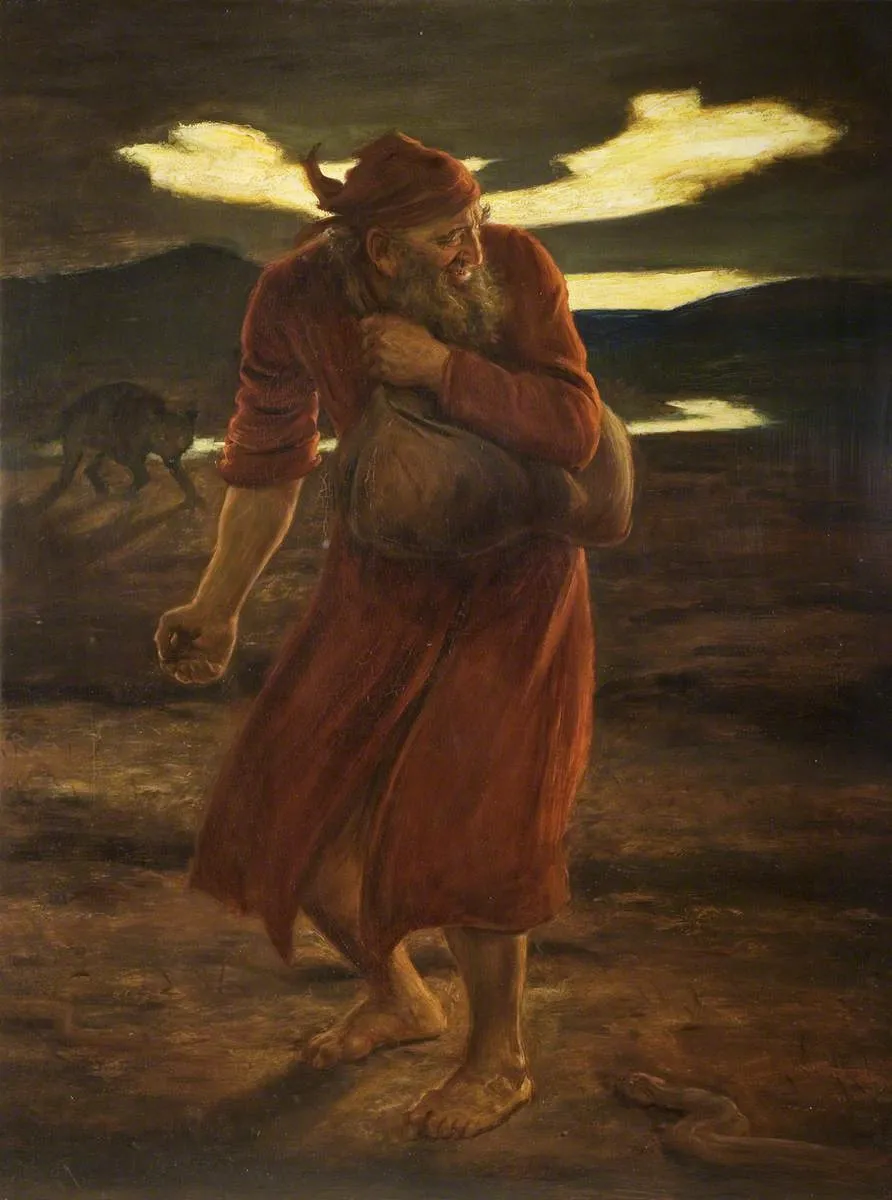

Shadows Among the Wheat
Who is truly behind the brokenness we see in the world?
Sir John Everett Millais painted The Enemy Sowing Tares in 1865. The painting illustrates one of Jesus’ parables, where a man sows a field full of wheat. But in a shocking twist, Jesus reveals what happens next:
“But while everyone was sleeping, his enemy came and sowed weeds among the wheat and went away.” — Matthew 13:25
Look closely at Millais’ portrayal.
The enemy is sinister—bare feet, a scruffy beard, and a sly smirk. He stoops over, scattering seeds from a bag into the wheat. Darkness surrounds him. A wolf lurks behind, symbolising cunning and deceit, while snakes slither at his feet—dangerous and slippery.
What does this mean?
Jesus clearly says, “The enemy who sowed them is the devil.” — Matthew 13:39
The enemy—Satan—sows evil among the good. This parable speaks not only of people who try to harm the Church but also reveals a deeper truth:
God created the world perfectly. Yet today, it’s marred by pain, suffering, and death. Why?
Because there’s another force at work. One that sows destruction amid God’s good creation.
So who’s responsible for the brokenness we see? Jesus says it’s the enemy. The one who destroys, causes pain, and wants us to follow his path of ruin.
Here’s the heart of it: Life may feel unfair, and bad things happen. But when they do, don’t blame God.
Blame the enemy.
| Artist | John Everett Millais |
| Title | The Enemy Sowing Tares |
| Production | 1865 |
| Material | Oil on Canvas |
| Dimensions | 86 cm (Width), 111.8 cm (Height) |
| Exhibit Location | Birmingham Museums Trust |
| Accession Number | 1925P103 |
| Credit Line | |
| Image Credit | Wikimedia Commons |
 Discover life and faith through art — free email reflections from Dr. Neale Schofield, straight to your inbox.
Subscribe for free
Discover life and faith through art — free email reflections from Dr. Neale Schofield, straight to your inbox.
Subscribe for free
More from The Gallery



Shadows Among the Wheat

Shadows Among the Wheat



